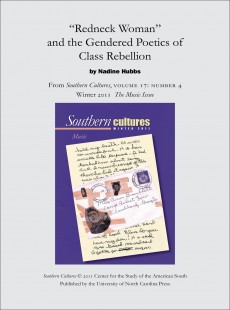
Dixie Highway
Road Building and the Making of the Modern South, 1900-1930
Tammy Ingram
 Publisher: University of North Carolina Press
Publisher: University of North Carolina Press
Imprint: The University of North Carolina Press
Published: 03/2014
Pages: 272
Subject: History, Transportation
| University of North Carolina
Print ISBN: 9.78E+12
eBook ISBN: 9781469612997
DESCRIPTION
The most visible success of the Progressive Era Good Roads Movement, the Dixie Highway also became its biggest casualty. It sparked a national dialogue about the power of federal and state agencies, the role of local government, and the influence of ordinary citizens. In the South, it caused a backlash against highway bureaucracy that stymied road building for decades. Yet Ingram shows that after the Dixie Highway, the region was never the same.
RELATED TITLES













